Quick summary
- Discover how Le Papillon Brasserie achieved a high-end marble aesthetic using durable, cost-effective porcelain tile—saving 38% on materials and labor, cutting cleanup time by 25%, and avoiding costly downtime.
The owners of Le Papillon Brasserie always envisioned their modern French dining restaurant to have an elegant, timeless, and inviting look, and to achieve that look; one material topped their list: marble. Marble is often regarded as the high-end restaurant tile; alongside this tag, marble has a very high cost and upkeep.
The high cost of buying and maintaining marble made it an unfeasible choice for the owners of Le Papillon Brasserie, prompting them to seek cheaper alternatives. One of the best alternatives that they found was porcelain that mimicked a marble tile. A marble look porcelain tile restaurant can mimic the luxury of real marble at a fraction of the cost. Alongside its low cost, porcelain also offers several practical benefits, including high durability and reduced maintenance. So in this marble-look porcelain tile case study, we will be looking at exactly how porcelain helped the owners of La Papillon Brasserie achieve a high-end luxury look.
- 38% Total Savings: Achieved a 38% reduction in material and labor costs compared to the original genuine marble quote.
- 25% Faster Cleanup: Reduced nightly cleaning time by 25% thanks to the stain-proof, non-porous surface that resists spills.
- Zero Wear After 1 Year: The PEI-4 rated floor remains pristine and free of scratches or etching after serving over 400 guests daily for 12 months.
Project Snapshot
- Restaurant: Le Papillon Brasserie
- Location: Houston, Texas
- Style: Modern French fine dining
- Traffic: Approximately 400–500 guests daily
- Design Goal: Achieve a refined, upscale interior using classic materials, without compromising on durability or ease of maintenance.
The Champagne-Taste Challenge
The owner of Le Papillon Brasserie had a clear aesthetic in mind, which could only be achieved with white marble floors. The Marble Tiles were supposed to give the restaurant a luxurious look that matched the ones found in many similar fine-dining restaurants in Europe. When the pricing for the project came through, though, it was obvious that marble was taking up too much of the budget.
Marble is also prone to staining from acidic materials, such as wine and lemon juice, which are commonly used in restaurants. This resulted in a high initial cost and high maintenance costs.
So, the design team went back to the drawing board. They needed something that looked like marble but behaved like tile, and that's when the idea of marble-look porcelain tile entered the conversation.
We dreamed of classic Carrara marble, but the budget was a nightmare,” says Jean-Pierre, the owner of Le Papillon. “More than the initial cost, I was terrified that a single dropped glass of red wine would be a catastrophic, permanent stain. We needed that luxury feel without the constant anxiety.
Why Marble Look Porcelain was the Better Choice

Porcelain offered an almost identical look but came with significant functional advantages. According to data from Why Tile® and Daltile, porcelain holds up better under wear and requires less maintenance over time, especially in commercial applications.
Just as importantly, the design team found porcelain slabs with authentic veining and variation. Once grouted and sealed, even seasoned contractors had to do a double take to distinguish them from real stone.
Factors such as cost-per-sq-ft/stain resistance, water-absorption <0.5%, and higher durability made porcelain an obvious choice over marble for a very busy restaurant like Le Papillon Brasserie.
The Installation Story: 5 Nights, no Closures
One of the biggest concerns during the renovation was downtime. With a packed reservation calendar and a loyal clientele, closing for even a few days would result in significant revenue loss. The flooring installer proposed a clever workaround: carry out the tile installation in five consecutive overnight shifts.
Each night, a team arrived after dinner service ended. They worked in sections, starting near the bar and dining area entrances and gradually moving deeper into the space. Every morning, the space was cleaned and returned to service before the first staff arrived.
The team used rapid-set thin-set mortar that was explicitly designed for large-format slabs. With precise, thought-out planning and minimal disruptions, the installation was completed on time and without incident.
The key was using a rapid-set thin-set mortar specifically designed for large-format slabs,” explains the project's lead installer. “It allowed us to lay and grout a full section in one shift. By the time the kitchen staff arrived at 10 a.m., the floor was cured and ready for service. For the client, it was like magic—zero downtime.
With marble, the installation process would have required the restaurant to temporarily halt its operations. Additionally, marble requires extensive maintenance, which can also lead to the restaurant being temporarily closed. All of this would result in a significant loss of revenue for the restaurant.
Performance After 1 Year

A year after opening day, the porcelain floor still looks pristine. That’s despite high foot traffic, daily cleaning, spills from red wine and citrus, and dozens of chairs and carts moving across it every day.
Here are some key points that stood out during the evaluation after a year:
- Slip Resistance: the tile had a slip resistance R-value of R10, which meant it had enough grip on it to prevent slips even when the tile was wet.
- Condition of the Surface: There was no etching, chipping or any visible wear on the porcelain tiles.
- Maintenance Cost and Labor: The installation of porcelain significantly decreased the cost of maintenance as the staff didn't need to tend to it that much.
Cost and ROI Breakdown
|
Item |
Marble |
Porcelain |
|
Tile Material |
$63,000 |
$25,000 |
|
Installation |
$31,500 |
$19,000 |
|
Annual Maintenance |
More than $8000 |
0 |
|
Loss of Revenue from closure of restaurant |
$38,000 |
0 |
|
Total |
$140,500 |
$44,000 |
When examining the breakdown of costs and return on investment, porcelain emerges as the clear winner, with lower costs across all categories. It not only costs less, but it also saves the owners money in installation. Additionally, no maintenance was required, and the restaurant didn't need to be closed during the installation.
La Papillon Brasserie decided to use porcelain in other areas of their restaurant, too, like the Kitchen Tiles and the bathroom tiles. So, if the entire restaurant is taken into account, the use of porcelain over marble saved the owners nearly half a million dollars.
Lessons to be Learned for Restaurant Owners
So, if you are planning to remodel or refurbish your restaurant, here are some key takeaways from the case study looking at Le Papillon Brasserie:
- Order Extra Tiles: It's always a good idea to get a bit more than you need as you can benefit from discounts if you order in bulk.
- PEI Rating: A PEI rating is used to grade porcelain on a scale of 1-5. For dining areas, try to get porcelain tiles with a PEI rating of at least 4.
- The rectified edge grout: Try to go for a rectified edge grout, and always test the grout before installing the tiles.
- Consider Gauged Panels: You should consider gauged porcelain panels, as gauged panels reduce grout lines and create a seamless, high-end look.
FAQs
Is porcelain tile prone to chipping like marble?
Not typically. High-quality porcelain is denser than marble and much less likely to chip under normal use. Porcelain is often a much more durable material than marble while achieving the same look.
Is it safe for commercial kitchens?
Yes, especially when the tiles have proper slip resistance. Many restaurants now use porcelain throughout kitchens and prep areas. Always try to get tiles with a slip resistance rating of at least R10.
Does it look obviously fake?
No. Modern porcelain tiles often use high-resolution printing and variable veining to achieve an authentic stone appearance. The difference between porcelain and marble is very hard to see for the naked eye.
Will grout lines ruin the marble effect?
Not at all—especially with rectified edges and color-matched grout, which blend seamlessly with the tile surface.
Can it be installed over existing flooring?
Yes, in many cases. A leveling compound and proper bonding mortar can make overlay installations quick and cost-effective.
Want to Achieve This Look in Your Own Restaurant?
Whether you are looking to build a brand new restaurant or planning to update an existing space, marble-look porcelain tiles will provide your restaurant with a high-end look at a very affordable price. You can get the elegance and luxury of real stone without the pain of upkeep and maintenance that comes with it.
The Mosaic Center provides you with the perfect opportunity to update your restaurant with a comprehensive collection of marble-look tiles that can be used in any restaurant setting. You can also schedule a consultation with Mosaic Center's commercial design team to receive input on how to proceed with updating your restaurant.
Halil I Oguz
At Mosaicenter's, Halil I Oguz brings a unique blend of strategic insight and creative flair to our digital experience. As our dedicated Content Strategist, he masterfully curates the online journey, allowing the inherent quality and design artistry of our premium tiles to truly shine.
From showcasing the intricate patterns of our mosaics to detailing the robust, scratch-resistant and water-resistant finishes of our porcelain and natural stone, Halil crafts content that is both informative and deeply engaging.
His work empowers Mosaicenter's clients to confidently select from our extensive range, helping them transform spaces with tiles that reflect both enduring style and practical excellence.


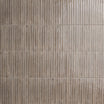
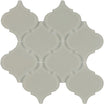

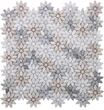
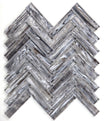
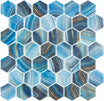
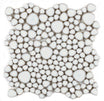
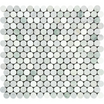

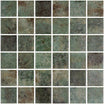

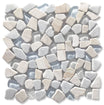
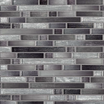
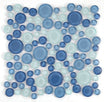
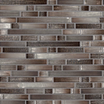




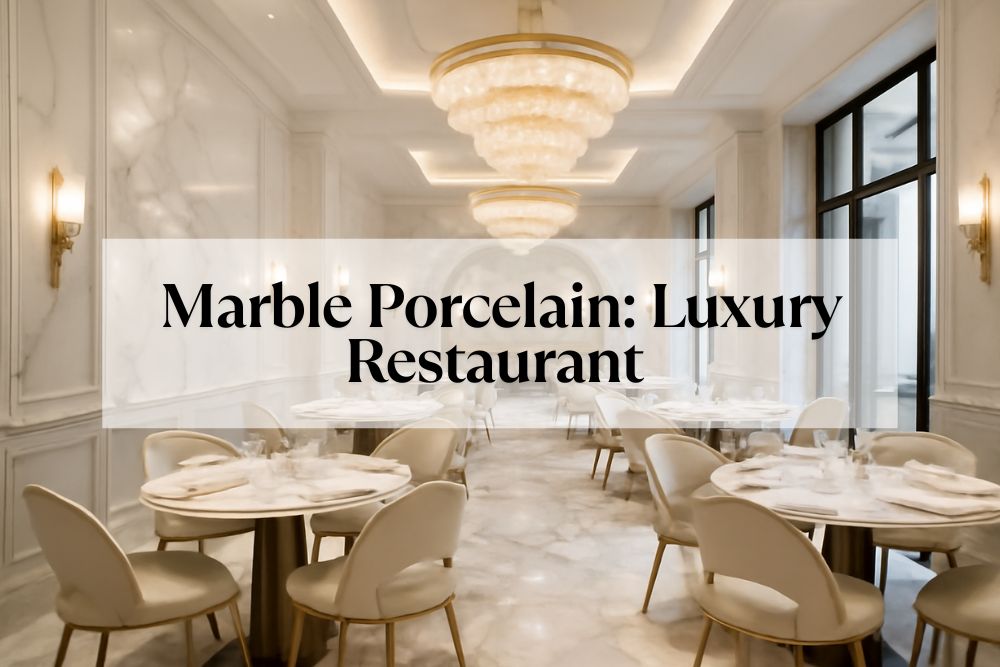


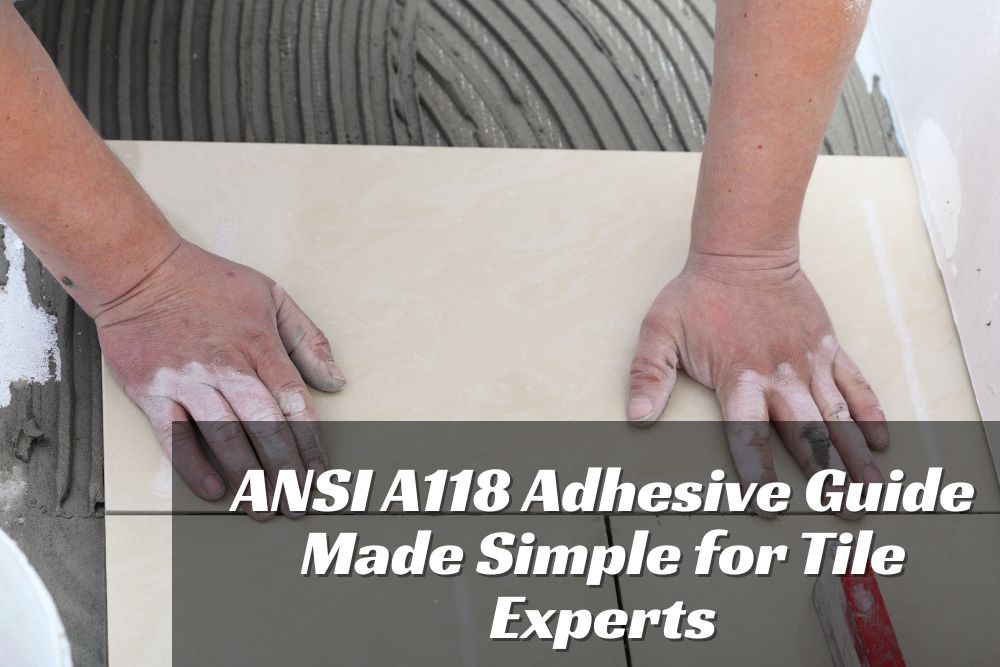
Leave a comment
This site is protected by hCaptcha and the hCaptcha Privacy Policy and Terms of Service apply.